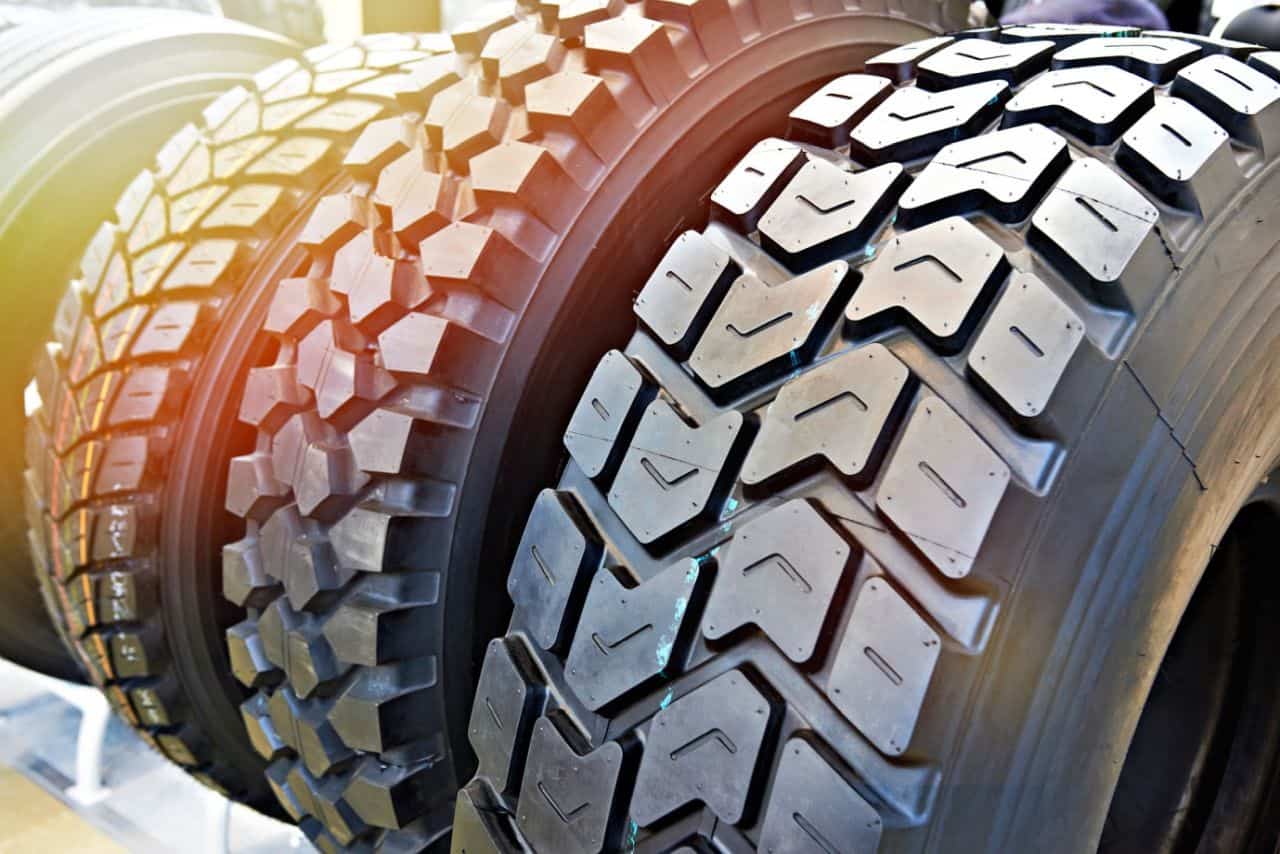Why are tires black?
Rubber is naturally white. However, manufacturers add black carbon to make your tires more durable.
However, even the most durable tires need to be routinely inspected. If you start to notice that your tires are wearing down in one spot more than another, it could mean something’s wrong with your car. The sooner you take action, the easier it’ll be to prolong the life of your tires.
Read on to learn the different types of tire wear and what to do about it.
Center Wear and Tear
First, on our list of different types of tire wear, let’s talk about overinflation. When you don’t properly inflate all 4 tires, center wear is likely to occur. This is because the tires have to bulge to make room when they’re overinflated.
With overinflation, only part of the tire makes consistent contact with the road. The contact takes place in the tires center. If you want to avoid center wear moving forward, you’ll need to follow the instructions in your car manual for inflating your tires.
If you’re going to take a non-traditional approach and have an iPhone, you could try using a tire checking app! As technology continues to advance, who knows what other car maintenance items will be able to handle on our phones.
Tire Cupping
What does cupping mean? When they are random dips in your tires treadwear, or smooth spots spread around, it’s called cupping. Unfortunately, cupping is almost always caused by a problem with the vehicle’s suspension.
You may have worn out suspension parts that gave way with time. However, if you recently hit a curb, you might be dealing with bent parts. When suspension parts are entirely bent out of shape, your vehicle can’t function properly.
If you’re noticing a cupping pattern on your tires, see how your car runs. Is there a rumbling sound when you drive? If yes, it’s time to visit a mechanic.
Outer Types of Uneven Tire Wear
Another type of uneven wear can happen on the outer edges of the tire. Outer wear is also referred to as toe wear and sometimes camber wear. If you hear a mechanic refer to your tire as having camber wear, you’ll know that you have an extreme case of tire degradation.
To let an expert handle things, you’ll likely need to visit a tire shop. What usually causes outerwear? Again, not correctly inflating your tires can cause uneven wear.
However, outer wear can also point to more complex problems with your vehicle. The suspension might be having issues out, or your belt could be the problem.
Diagonal Wear and Tear
Moving on, another type of tire wear is diagonal wear. Often, diagonal wear and tear will present itself as patchy. Instead of the entire tire being worn out, it’ll only occur in certain spots.
If you notice uneven wear on your tires and a diagonal pattern, your alignment is probably off. Simply rotating your tires will be able to help prevent the uneven wear from getting worse over time. You’ll be able to expand the life of your tires while also making your ride more smooth.
If the alignment check doesn’t solve things, you might have an issue with your tire pressure. Either way, you’ll need to get your car fixed immediately.
Whether your tire is compromised from the alignment, tire pressure, or something else, it puts you at immediate risk. A compromise tired won’t perform as well and is more likely to cause an accident.
Feathering on Tires
Next, another type of wear and tear is referred to as tire feathering. Tire feathering happens anytime that you notice un-uniformed scuff marks across the tire’s edge.
Take a moment today to look at all 4 tires on your car. Gently stroke your fingertips across the edge of each tread bar. As you move your fingertip across the tread block, notice if there are any smooth spots or dips.
Typically, a feathered edge will appear on the inside of the tread. If this is the case, you have a toe in feather situation. If the wear and tear occur on the outside of the tread, you have toe-out wear and tear condition.
Toe in and out refer to the angle that the tire is being worn down at. The toe angle can be changed as the wheel is adjusted during the alignment. The toe angle can also be altered by any change in your vehicle’s suspension height.
Flat Spot Wear
Finally, check your tires for any flat spots. We don’t mean flat tires, simply smooth flat spots. Flat spot wear is the sign that you’re not braking as safely as you could be.
When you suddenly slam on your brakes, it forces the tires to skid a little bit. The skidding motion can wear out one spot of the tire. If you’ve recently had to use your emergency brake, that could cause a flat spot on your tire.
If you haven’t used the emergency brake lately, I have flat spots on your tires, then you’re probably braking too aggressively. Another possibility is that there’s a problem with your vehicle’s brake system altogether. You might be pushing the brakes gently. However, if the brake pads engage too fast, the car will halt instead of slow to a stop.
Know the Different Types of Tire Wear
As you can see, the different types of tire wear present themselves in unique ways. Whether you’re dealing with outerwear, cupping, or flat spots, you’ll need to get your tires fixed immediately.
Properly inflating your tires is often a fast fix. Check your car’s instruction manual today, and see what it says about inflating your tires. Then, check the air pressure and all of your tires to make sure they match up. Now that you know more about how to stay safe on the roads, see what the rest of our blog has to offer.

